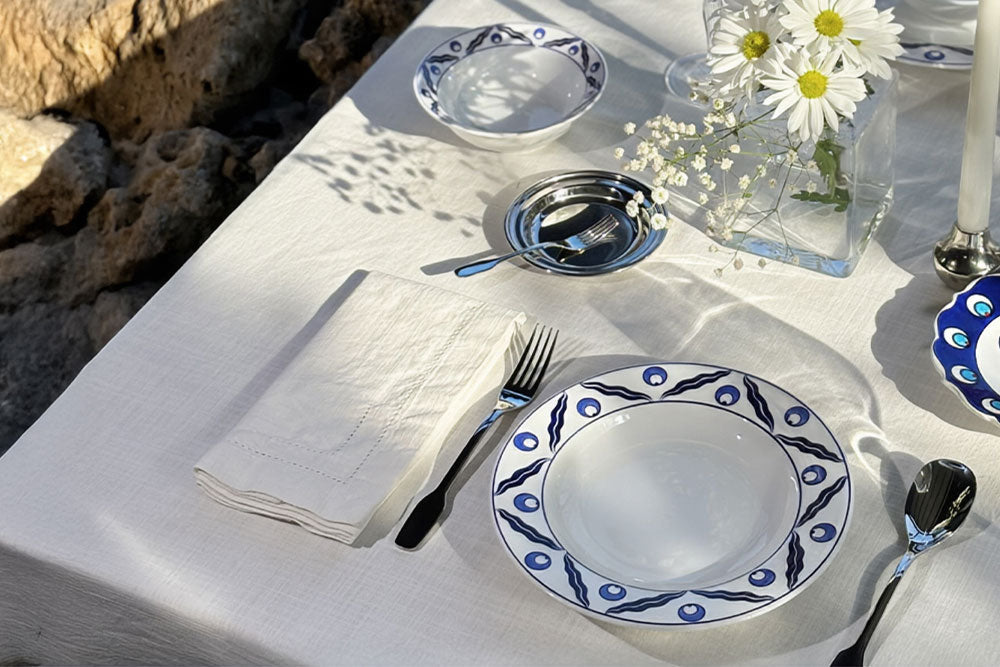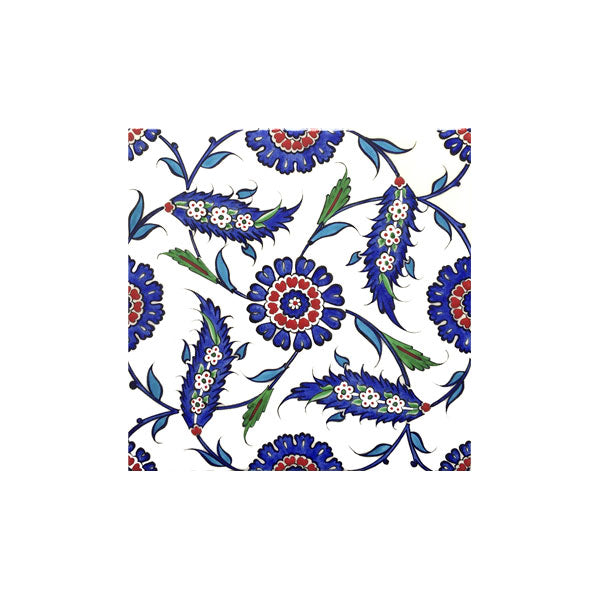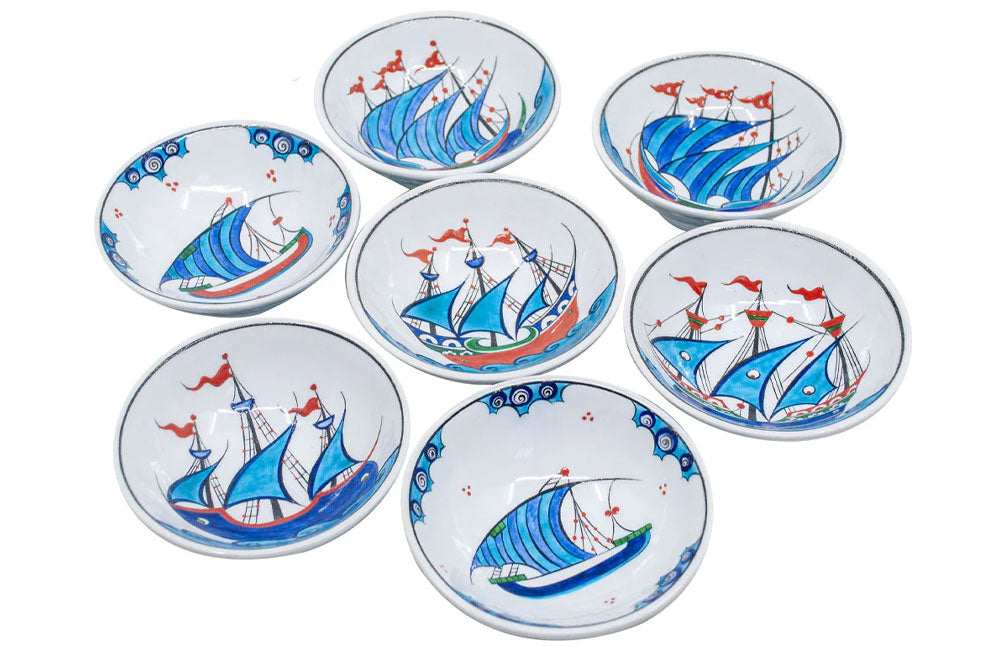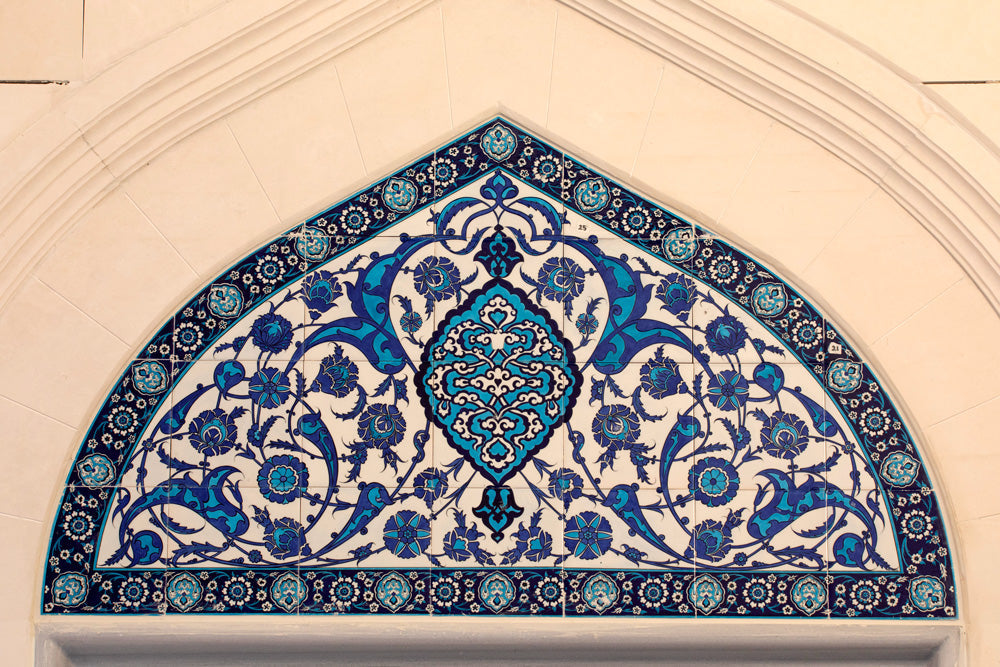Welcome to Iznik tile world
Welcome to Iznik tile world
Iznik Pottery
August 23, 2017 2 min read

The history of Turkish tile and ceramic art, which has a very important place in world history of art, extends from the 8th and 9th centuries to the Uighurs. But the fundamental change started with the Great Seljuk’s and continued with the Anatolian Seljuk’s.
This legacy from the Anatolian Seljuk’s and the Great Seljuk’s has been successfully combined with the cultural history of Anatolia.
The first major technical development during the Anatolian Seljuk period, the outline of the present Iznik Tile Art began to be formed, is glazed brick technique and plain colored tiles. The colors of this period are turquoise, cobalt blue, aubergine purple and black. Glazed and unglazed bricks produced in these colors are used with different arrangements, horizontal, vertical, zigzag or diagonal compositions.
Another innovation brought to the art of tiles by the Anatolian Seljuks is the Mosaic technique. In this technique where geometric compositions are created, plant motifs, kufi, and sülüs writings are used. In this technique, which lasts until the mid-16th century, colors are again cobalt blue, aubergine purple, turquoise and black.
Apart from these techniques we encounter, we also encounter different techniques used in civil architecture and palaces. These are Minai, rowing technique and luster technique.
The most authentic examples of Minai technique are found in Konya Aladdin Palace. This china produced in Minai technique are purple, blue, turquoise, green, red, brown and black. In this technique, some of the dyes are processed in the undergrowth and some of them are baked for the second time after being processed on the back. In this technique, the theme is miniatures describing the palace life.
The most beautiful examples of the subterranean technique using turquoise, cobalt, green, purple and black colors are seen in Kubadabad Palace. In this technique, the paintings are processed under the mystery and then fired. In addition to herbal designs, these china with human and animal motifs have an important place in world art history.
Also in News

Rediscovering Timeless Beauty: Handcrafted Iznik Ceramic Dinnerware for the Modern Table
April 08, 2025 2 min read

Thank you for being here!
Join us to discover the latest in Iznik tiles, enjoy special offers, and celebrate the beauty of Turkish artistry together.


